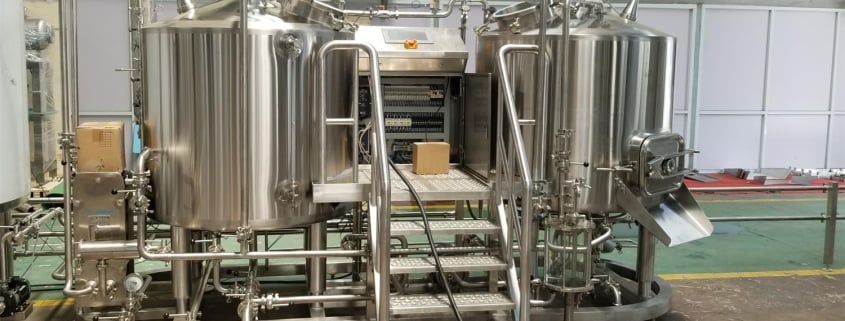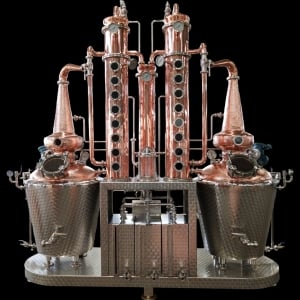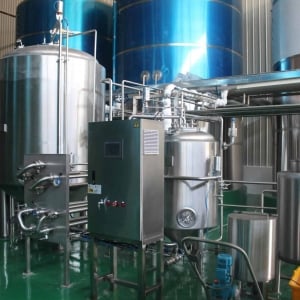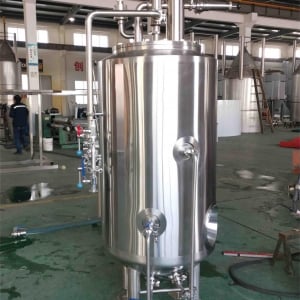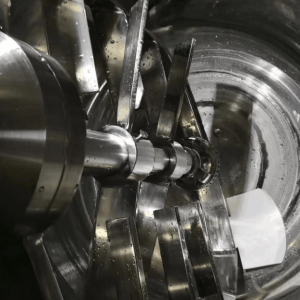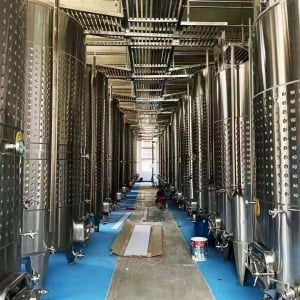Overview of Craft Beer Equipment
Craft beer brewing has surged in popularity, sparking a revolution in the way we consume and appreciate beer. Whether you’re a homebrewer looking to scale up or a budding entrepreneur, understanding the intricacies of craft beer equipment is crucial. This guide will walk you through everything you need to know, from equipment types and brewing processes to installation and maintenance. Let’s dive into the world of craft beer equipment and discover how you can set up your own brewing system.
Overview of Craft Beer Equipment
Craft beer equipment ranges from basic homebrewing kits to sophisticated commercial systems. The primary goal of any brewing setup is to efficiently convert raw ingredients like malt, hops, and water into delicious beer. This involves several steps: mashing, boiling, fermenting, conditioning, and packaging. Each step requires specific equipment to ensure quality and consistency.
Key Points
- Homebrewing Kits: Ideal for beginners, these kits provide all the necessary tools to brew small batches.
- Commercial Systems: Designed for larger scale production, these systems are more complex and customizable.
- Essential Equipment: Includes mash tuns, brew kettles, fermenters, and conditioning tanks.
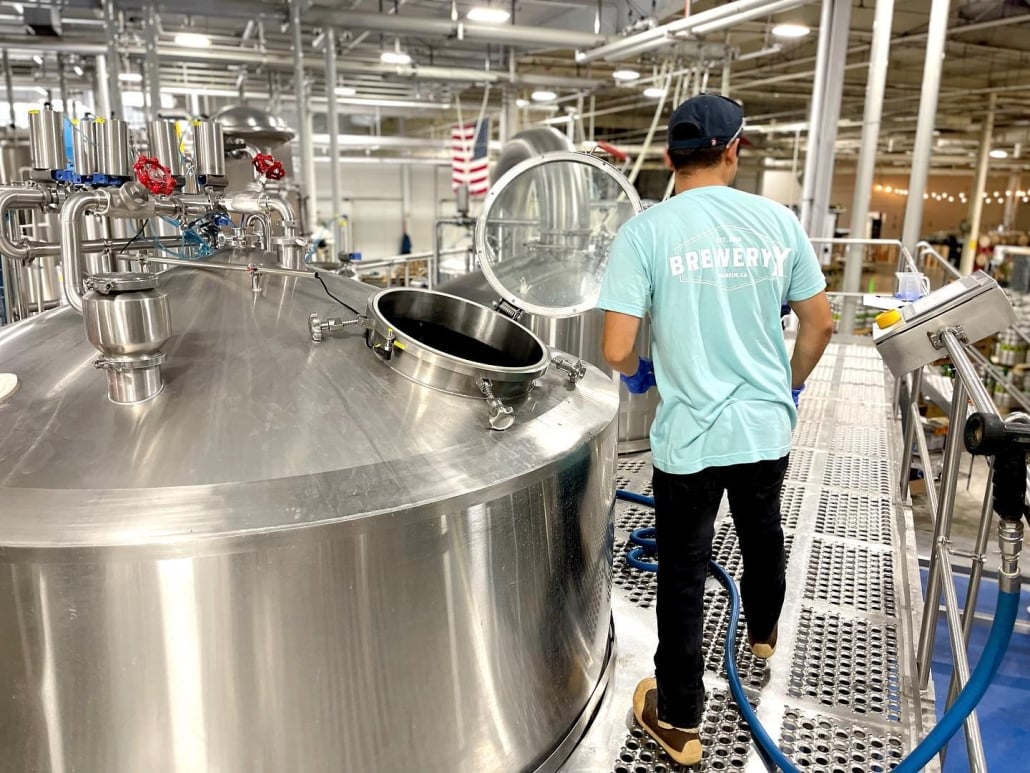
Essential Equipment for Craft Beer Brewing
Brewing beer involves various equipment, each playing a critical role in the process. Here’s a detailed guide on the essential equipment needed for brewing craft beer:
Mash Tuns
Mash tuns are vessels where the mashing process occurs. Malted grains are mixed with hot water to convert starches into fermentable sugars.
Brew Kettles
Brew kettles are used for boiling the wort, which involves extracting flavors from hops and sterilizing the mixture.
Fermenters
Fermenters are where the magic happens. Yeast is added to the wort, and fermentation converts sugars into alcohol and carbon dioxide.
Conditioning Tanks
Conditioning tanks allow the beer to mature, enhancing flavors and carbonation.
Table of Equipment Types
| Equipment Type | Description | Key Features | Typical Uses |
|---|---|---|---|
| Mash Tun | Vessel for mashing grains | Insulated, various sizes | Homebrewing, Commercial |
| Brew Kettle | Used for boiling wort | Stainless steel, heated | Homebrewing, Commercial |
| Fermenter | Container for fermentation | Airtight, temperature control | Homebrewing, Commercial |
| Conditioning Tank | Used for beer maturation | Pressure rated, cooled | Commercial |
Craft Beer Brewing Process
Understanding the brewing process is essential for selecting the right equipment. Here’s a step-by-step overview of how craft beer is made:
Mashing
Mashing involves mixing crushed malted barley with hot water in a mash tun. This process converts the starches in the grain into fermentable sugars. The resulting liquid, called wort, is then separated from the spent grains.
Boiling
The wort is transferred to a brew kettle and boiled. Hops are added at various stages to impart bitterness, flavor, and aroma to the beer. Boiling also sterilizes the wort.
Fermentation
The boiled wort is cooled and transferred to a fermenter. Yeast is added, and fermentation begins. During this stage, yeast converts the sugars in the wort into alcohol and carbon dioxide.
Conditioning
After fermentation, the beer is transferred to conditioning tanks. Here, it matures, allowing flavors to develop and any unwanted compounds to settle out.
Packaging
Finally, the beer is packaged into bottles, cans, or kegs for distribution and consumption.
Table of Brewing Process
| Process Stage | Description | Key Equipment | Purpose |
|---|---|---|---|
| Mashing | Conversion of starches to sugars | Mash Tun | Create fermentable wort |
| Boiling | Sterilize and add hops | Brew Kettle | Develop flavors |
| Fermentation | Yeast converts sugars to alcohol | Fermenter | Produce alcohol |
| Conditioning | Maturation of beer | Conditioning Tank | Enhance flavors |
| Packaging | Final product preparation | Bottles, Cans, Kegs | Distribution |
Craft Beer Equipment: Capacity, Space, Design, and Customization
Choosing the right equipment involves considering capacity, space requirements, design, and customization options. Here’s a comprehensive look:
Capacity
Capacity depends on your production goals. Homebrewers might start with small 5-gallon systems, while commercial breweries need much larger capacities.
Space Requirements
Brewing equipment can take up significant space. Ensure you have adequate room for all equipment and workflows.
Design and Layout
The design and layout of your brewing system should optimize efficiency and safety. Consider the flow of materials and ease of access for maintenance.
Customization
Many suppliers offer customization options to tailor equipment to specific needs. This can include additional features or specific materials.
Table of Capacity, Space, Design, and Customization
| Parameter | Details | Considerations |
|---|---|---|
| Capacity | 5-1000+ gallons | Production goals |
| Space | Varies by system size | Available area |
| Design | Modular, integrated | Workflow efficiency |
| Customization | Optional features | Specific requirements |
Suppliers and Price Range of Craft Beer Equipment
Selecting a reliable supplier is crucial for acquiring quality equipment. Here’s an overview of suppliers and price ranges:
Suppliers
- SS Brewtech: Known for durable home and commercial brewing systems.
- Blichmann Engineering: Offers innovative brewing solutions.
- Brewmation: Specializes in automation for brewing processes.
Price Range
Prices vary significantly based on equipment type and capacity. Homebrewing kits can start at a few hundred dollars, while commercial systems can run into the tens of thousands.
Table of Suppliers and Price Range
| Supplier | Specialty | Price Range |
|---|---|---|
| SS Brewtech | Durable systems | $500 – $50,000 |
| Blichmann Engineering | Innovative solutions | $300 – $40,000 |
| Brewmation | Automation | $5,000 – $100,000 |
Installation, Operation, and Maintenance of Craft Beer Equipment
Proper installation, operation, and maintenance are vital for the longevity and performance of your brewing equipment. Here’s a breakdown:
Installation
Installation should be done by professionals to ensure safety and efficiency. This includes plumbing, electrical connections, and initial testing.
Operation
Follow manufacturer guidelines for operating each piece of equipment. Proper training for staff is essential.
Maintenance
Regular maintenance includes cleaning, inspecting for wear, and replacing parts as needed. This ensures consistent quality and extends the equipment’s lifespan.
Table of Installation, Operation, and Maintenance
| Aspect | Details | Considerations |
|---|---|---|
| Installation | Professional setup | Safety, efficiency |
| Operation | Follow guidelines | Staff training |
| Maintenance | Regular cleaning, inspections | Longevity, quality |
Choosing the Right Supplier for Craft Beer Equipment
Selecting the right supplier involves more than just price. Here are key factors to consider:
Quality and Reliability
Look for suppliers known for high-quality, reliable equipment.
Customer Support
Good customer support is crucial for troubleshooting and maintenance.
Customization Options
Consider suppliers who offer customization to fit your specific needs.
Reviews and Reputation
Check reviews and ask for references to gauge the supplier’s reputation.
Table for Choosing Suppliers
| Factor | Details | Importance |
|---|---|---|
| Quality | High standards, durability | High |
| Support | Available for troubleshooting | High |
| Customization | Tailored solutions | Medium |
| Reputation | Positive reviews, references | High |
Comparing Pros and Cons of Craft Beer Equipment
When choosing equipment, it’s essential to weigh the pros and cons. Here’s a comparison to help you decide:
Advantages
- Scalability: Equipment can grow with your production needs.
- Customization: Tailor the system to your preferences.
- Quality Control: Better control over the brewing process.
Limitations
- Cost: High initial investment for commercial systems.
- Space: Requires significant space for installation.
- Maintenance: Ongoing maintenance is necessary to ensure longevity.
Table of Pros and Cons
| Aspect | Advantages | Limitations |
|---|---|---|
| Scalability | Grow with production needs | Requires investment |
| Customization | Tailored features | Can be costly |
| Quality Control | Enhanced control | Requires expertise |
| Cost | Can be high | Initial investment |
| Space | Requires space | Availability |
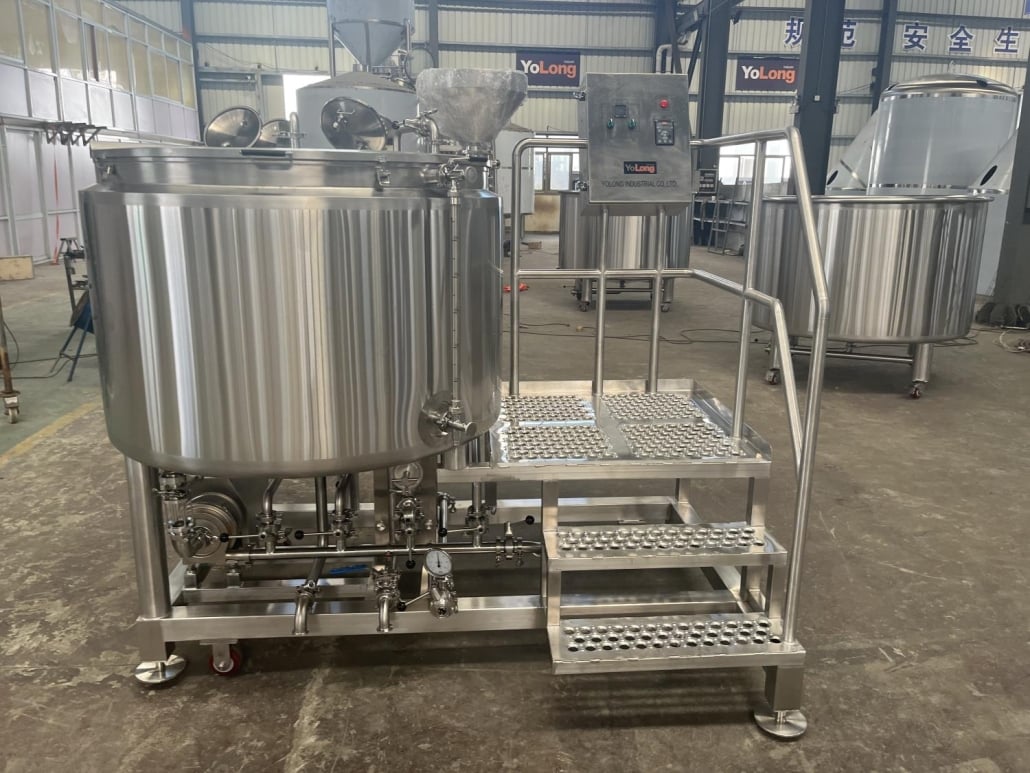
FAQ
| Question | Answer |
|---|---|
| What is the best equipment for beginners? | Homebrewing kits are ideal for beginners. |
| How much does commercial brewing equipment cost? | Prices range from $5,000 to $100,000 depending on capacity and features. |
| How often should brewing equipment be cleaned? | Regular cleaning after each use is recommended to maintain quality. |
| Can I customize my brewing system? | Yes, many suppliers offer customization options to fit specific needs. |
| What is the lifespan of brewing equipment? | With proper maintenance, equipment can last many years. |
Conclusion
Craft beer brewing is a rewarding endeavor that combines science, art, and a passion for quality. Choosing the right equipment is a critical step in this journey. By understanding the types of equipment, the brewing process, and how to maintain and operate your system, you can set yourself up for success. Whether you’re brewing at home or starting a commercial brewery, investing in the right tools will help you craft the perfect beer every time. Cheers to your brewing adventures!

